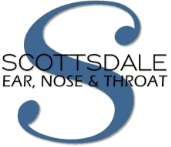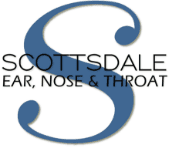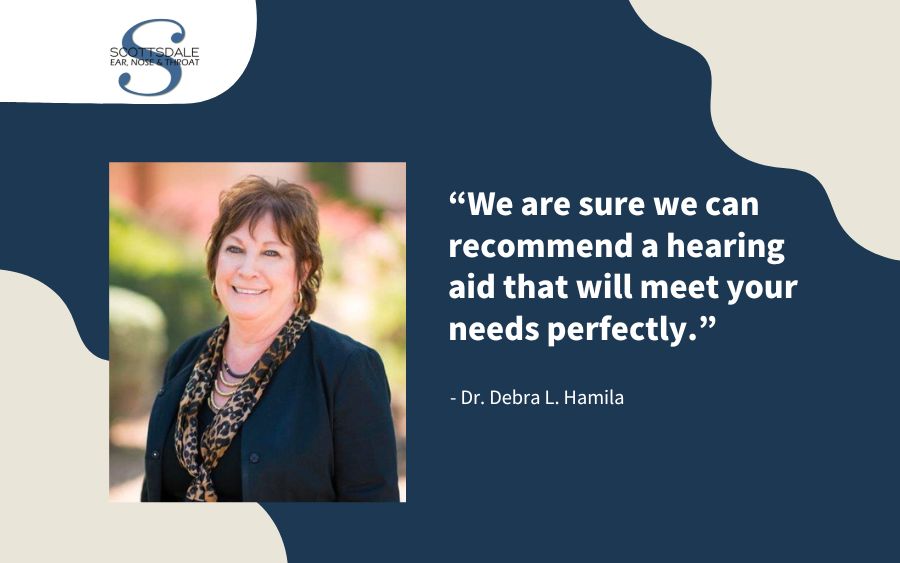Scottsdale ENT Partners with Major Hearing Aid Manufacturers
Our audiologists in Scottsdale, Az offer our patients a broad range of advanced hearing aid technologies from brand name manufacturers, like:




With so many hearing device options available to choose from, you’ll appreciate the help our audiolgists provide for the best solution for your individual hearing loss.
Our Hearing Aid Specialists Help You Choose
Today’s technology makes it possible for hearing aids to come in a variety of different sizes and colors, costs, designs, levels of technology, and features. You might be overwhelmed by all the advanced technology hearing aid choices available.
To help put your mind at ease, our audiologists will help guide you through the selection process by narrowing down your choice to only those options that meet your unique needs and preferences, like:
- The amount of processing power needed to address your specific level of hearing loss
- Your manual dexterity and visual capabilities
- The budget you have to work with (including insurance benefits)
- Wearing discretion and cosmetic concerns
- Skin sensitivities
- Anatomical/medical considerations
FAQ’s About Hearing Aids
Q. How will I know if I need a hearing aid?
A. If you are struggling with your hearing, your family and friends have already started to advise you to get your hearing checked, which is a good sign you might need a hearing aid. Difficulty communicating with others, an inability to keep up with your typical lifestyle, and frustration when trying to enjoy conversation in a noisy restaurant or at a social event are other indicators that it is time to consult a hearing care specialist for a professional, comprehensive hearing assessment.
Q. Will a hearing aid cure my hearing loss?
A. Hearing aids are called “aids,” because they help make it easier to hear through sound processing and amplification, but they do not provide a cure or restore the natural functioning of your ear. Hearing aids slow down the progression of deterioration, preventing cognitive decline, and help correct balance disorders and problems with vertigo.
Q. How long will a hearing aid last?
A. The typical hearing aid lasts about five to six years with plenty of daily TLC, regular scheduled maintenance, tune-ups and repair, but most hearing aid specialists recommend upgrading every five years, even if your device is working fine, in order to take advantage of the newest technologies in a rapidly changing industry.
Q. Do hearing aids use special batteries?
A. Modern hearing aids use zinc-air batteries specifically designed for use in hearing aids. They come in a variety of sizes to fit different devices, but most pharmacies and grocery stores carry a broad selection to meet your needs.
Q. How long do hearing aid batteries last?
A. The type of battery, how many hours per day you wear your hearing aid, the presence of moisture, and battery quality are all variables that determine the service life of a hearing aid battery. Changing them and weekly battery changing is common with smaller batteries, but larger batteries can last two to three weeks.
Q. How long does it take to get used to a hearing aid?
A. When it comes to adjusting to your new hearing aids, each person’s experience is unique, making it difficult to predict how long it will take for you to adapt to your hearing aids. New sounds and amplification are a shock to the central auditory system of your brain which requires some time to acclimate and relearn how to process amplified sound stimuli.
Most manufacturers allow a 60-day trial period, which is ample time for most people to adjust to their hearing aids and evaluate their benefit, which is a good estimate for how long it will take to get used to your hearing aids. Our hearing care specialists provide you with coping strategies, ongoing adjustments and support along the way to help speed up the process.
Q. Why do hearing aids cost so much?
A. Hearing aids are sold in relatively low volume (about 1.7 million hearing aids for some 30 million people with hearing loss). To meet production costs, which include research and development, industry standard warranties, advanced technology processors and advanced fabrication materials, manufacturers must sell them at higher cost.
What Are My Hearing Aid Options?
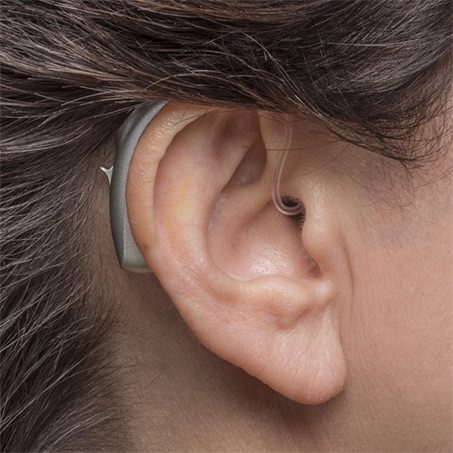
Behind-the-Ear (BTE)
BTE hearing aids look like older analogue hearing aids but are lighter and more streamlined with digital processing power that far exceeds the capabilities of their ancestors. Enhanced by custom formed earmolds for a more comfortable fit, open-canal earpieces that eliminate the “plugged up” feeling some users experience. BTE hearing aids provide the most flexible, adaptable, powerful and often most affordable hearing instruments to address all levels of hearing loss and, are fully rechargeable.
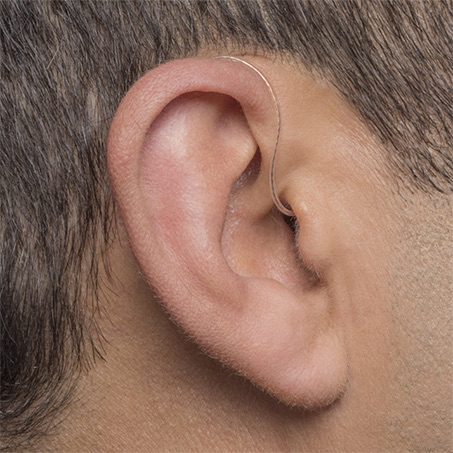
Mini BTE
Mini BTEs are like their bigger brother but come with a smaller case and ultra-thin tubing to discreetly route sound into the ear. Open-fit, soft tips at the end of the tubing sit in the ear canal but don’t occlude it, allowing for a more natural, open feeling as airflow and sound enter the ear naturally, while amplified sound enters through the tip. Mini BTEs work best for individuals with mild to moderate high frequency losses.
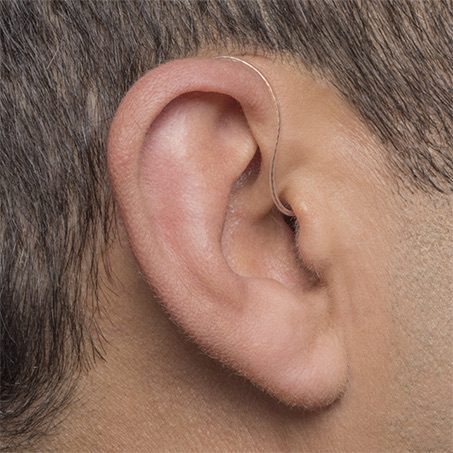
Receiver-in-the Ear (RITE)
A modified type of BTE, RITE hearing aids feature a comfortable, open-fit design suited for nearly all types of hearing loss. In contrast to BTE devices, RITE hearing aids include the speaker of the instrument in the ear tip and transmit processed sound to it using wires instead of transmitting processed sound through tubing. Fully rechargeable.
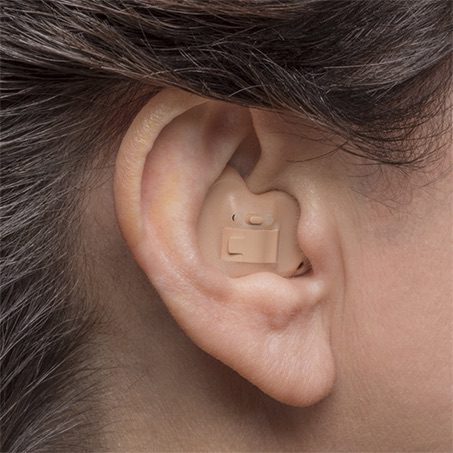
In-the-Ear (ITE)
ITE instruments place the processor and speaker inside a molded plastic shell that fits the contours of your outer ear canal. Known as full-shell ITE devices, they produce powerful, clear sound for all degrees of treatable hearing loss. They are well-suited for those who wear glasses or use an oxygen cannula, come with easy adjustment, larger batteries with a longer life, are fully rechargeable, and device connectivity are also among the advantages of ITE over smaller in the canal devices.
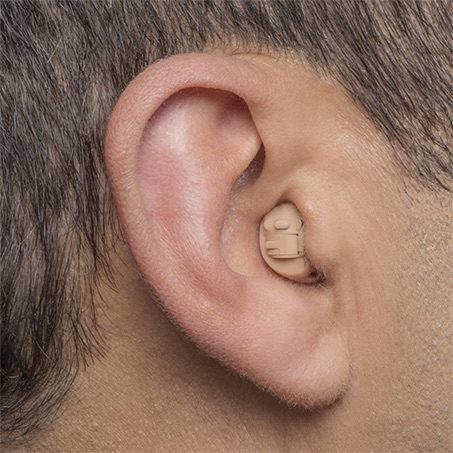
In-the-Canal (ITC)
ITC hearing aids are a smaller version of ITE devices that are custom molded to fit further into the ear canal instead of the outer ear. They provide the same benefits of ITE users but allow you to be a bit more active and offer greater wearing discretion. Individuals with mild to moderate hearing loss can benefit from this hearing aid style, which includes the capacity to customize external controls to fit your needs. Battery operated.
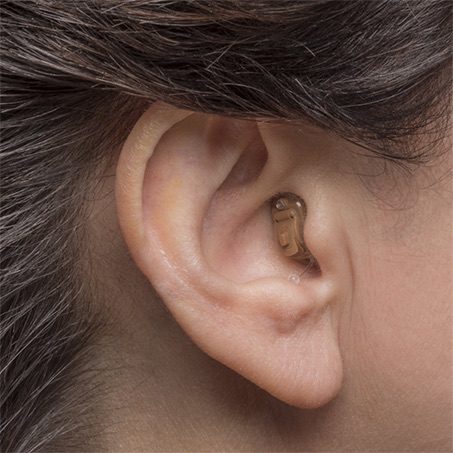
Completely-In-The-Canal (CIC)
CIC devices fit deeper into the ear canal than ITC devices, requiring a tiny clear plastic post to assist with insertion and removal. This can present a challenge to individuals who lack fine dexterity. Comfortable and discreet, CIC devices are ideal for activity-filled days with friends and family because of their snug fit as well as reducing wind interference for more natural hearing and greater clarity while still having plenty of processing power to serve those with mild to moderate hearing loss. Battery operated.
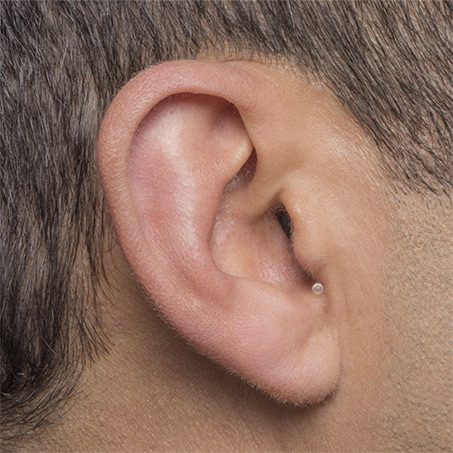
Invisible-In-the-Canal (IIC)
Fit snugly to the contours of the ear canal near its second bend, IIC hearing aids are 100% invisible, digital, and fully programmable. They pack plenty of clarity and power in a tiny package, allowing for the highest level of wearing discretion and security for those who enjoy an extremely active lifestyle. Individuals with all but the most severe degrees of hearing loss qualify for this style of device. Battery operated.
Choosing the Right Hearing Aid Requires a Comprehensive Hearing Assessment
Online hearing aid dispensers and hearing aid stores are everywhere, allowing people to self-diagnose and self-treat their hearing loss by purchasing a hearing device. However, treating yourself can increase the potential to cause severe damage to your hearing with a poor fitting, improperly programmed device.
The safer option is to consult a hearing care professional like those at Scottsdale ENT to accurately diagnose your hearing loss with a comprehensive hearing assessment, which helps us program and fine tune your hearing aids to provide the best solution to overcome your hearing loss.
Contact us for more information about the prescription advanced technology hearing aids we have available or to schedule a hearing assessment with one of our professionals serving Scottsdale and nearby communities.
